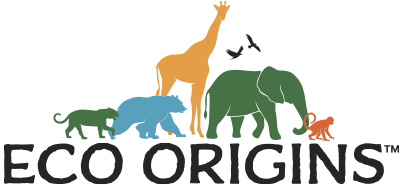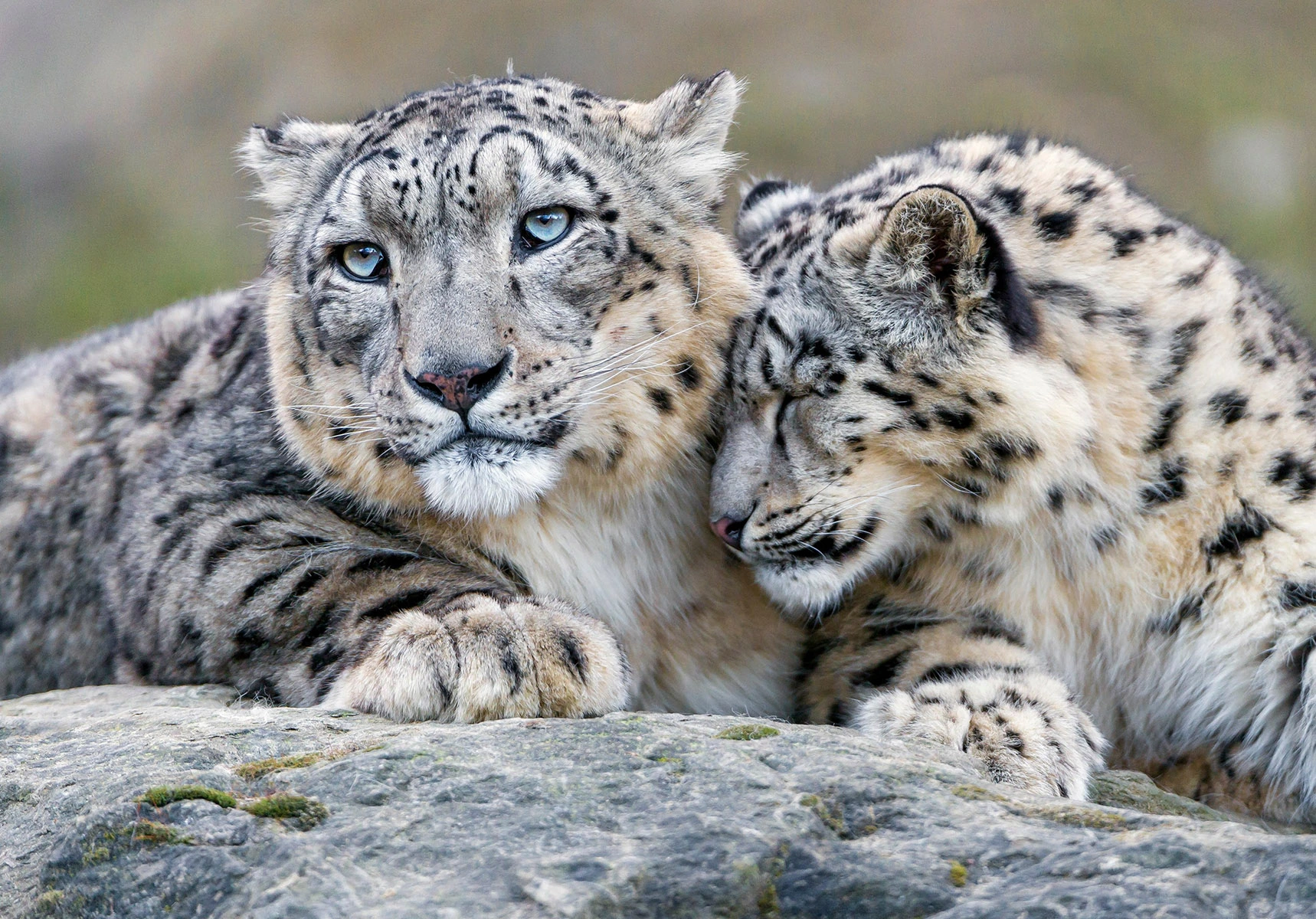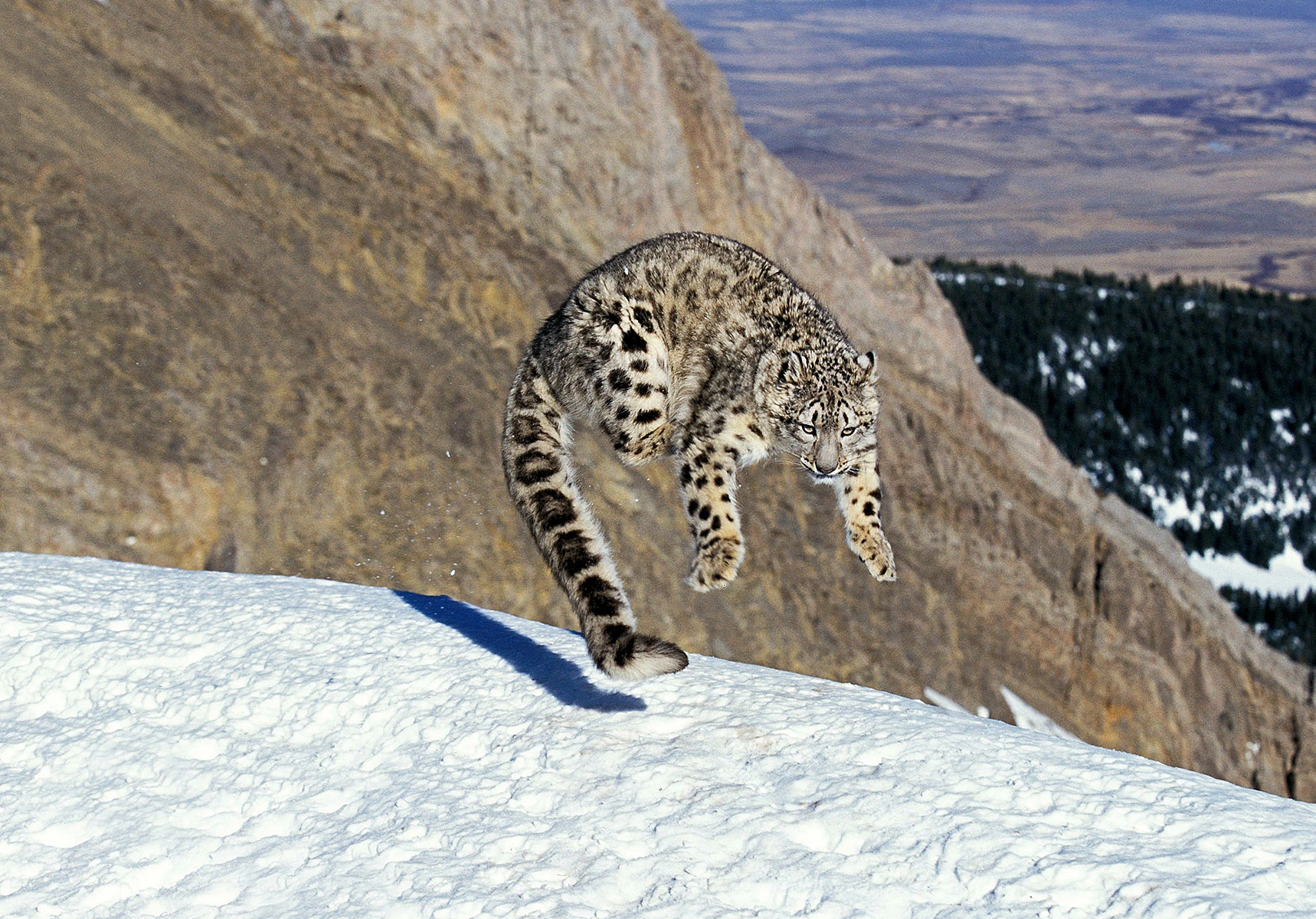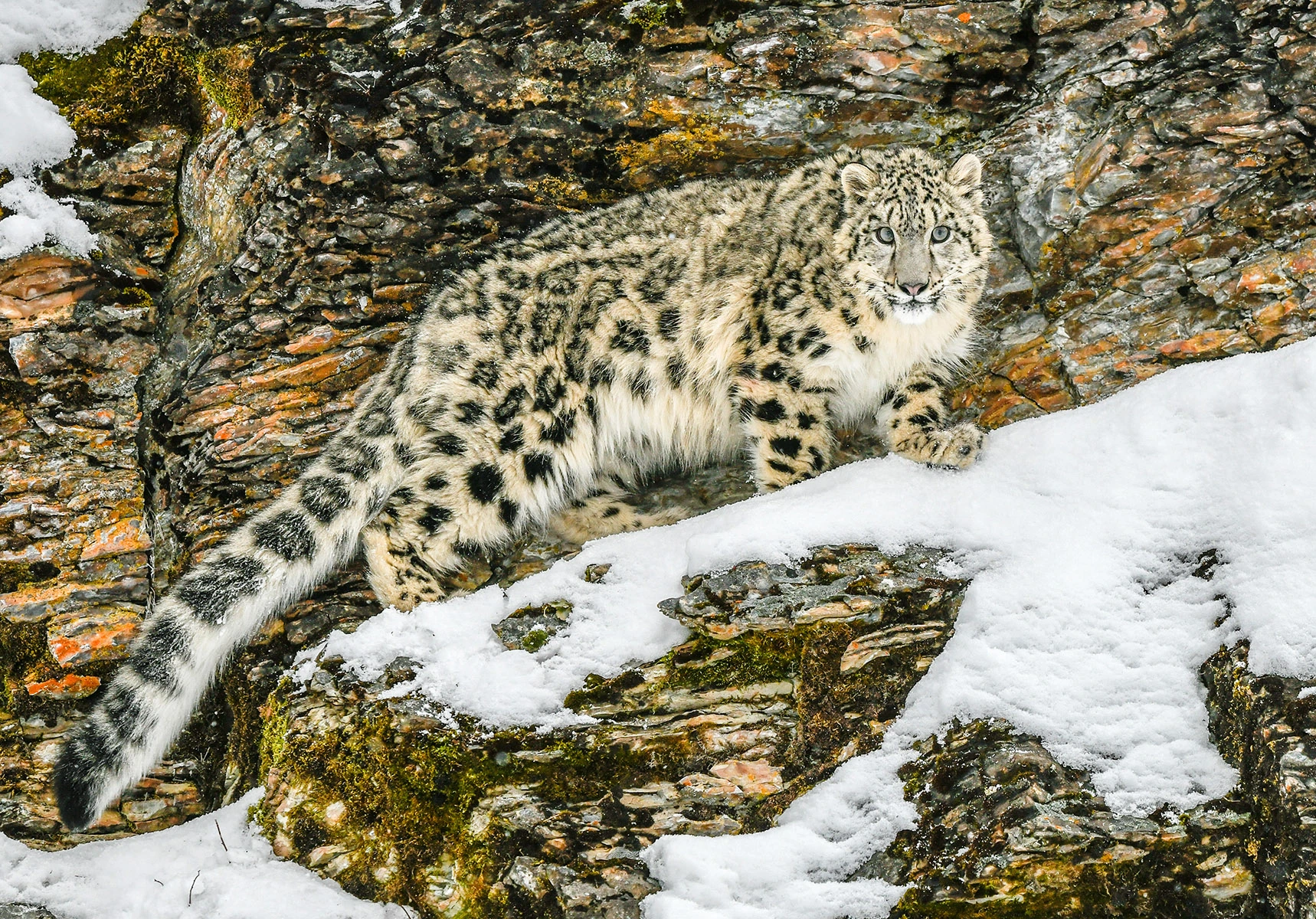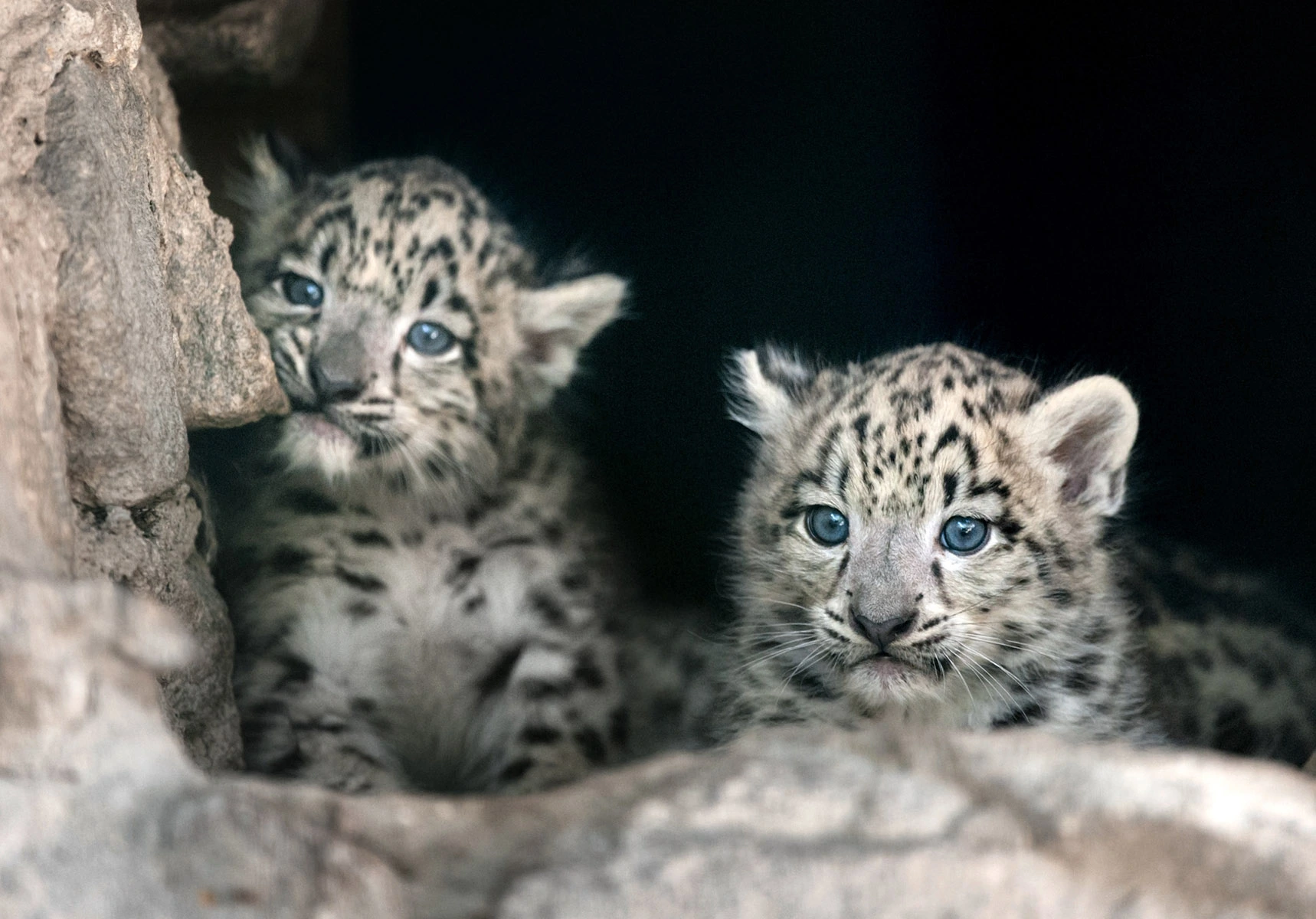Say hi to Sashi! Her name means ‘moonlight,’ and it’s as magical as she is. Sashi is a Snow Leopard—a true ‘Ghost of the Mountains,’ known for her beauty, mystery, and graceful presence.
With her thick, snowy coat and powerful paws, Sashi is perfectly designed for life in the rugged, high-altitude peaks of Central and South Asia. She’s a master of stealth, blending into the rocky terrain like a shadow under moonlight.
Sashi loves her icy mountain home, but she knows it needs protecting. She dreams of a future where the peaks stay wild and her species continues to inspire awe and wonder.
Ready to follow Sashi into the heart of the mountains? Let’s uncover the secrets of her snowy world!
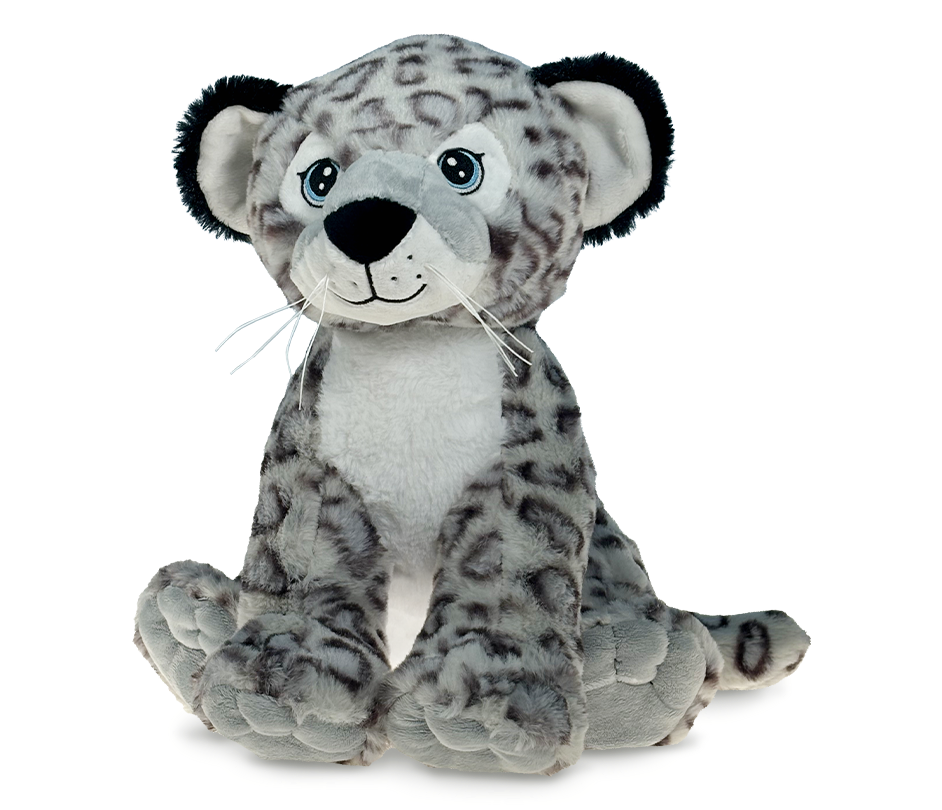
Origin
Snow Leopards inhabit high-altitude mountain ranges in Central and South Asia, including the Himalayas, Altai, and Tian Shan ranges, spanning countries like Nepal, India, China, and Mongolia.
Risk Level
High, as Snow Leopards face significant threats from habitat degradation, poaching, and human-wildlife conflict. Their elusive nature makes population assessments challenging.
Species
A single species: Snow Leopard (Panthera uncia), with regional variations based on habitat, though not distinct subspecies.
Status
Snow Leopards are classified as vulnerable by the IUCN Red List, with populations estimated at 4,000-6,500 in the wild. Conservation efforts focus on anti-poaching laws, habitat preservation, and community-based initiatives to reduce conflict in shared landscapes.
Why is ‘Sashi’ important to the eco-system?
Snow Leopards like Sashi are nature’s mountain guardians! By preying on herbivores like mountain goats and sheep, they help keep their populations in check, which stops overgrazing and protects the delicate alpine vegetation.
Sashi and her fellow snow leopards are a vital link in the mountain food web. Without them, the balance of life in these high-altitude ecosystems could fall apart, affecting not just animals but even the plants and rivers below.
Safeguarding Sashi’s rugged home is so important—not just for her, but for the entire ecosystem she helps protect. Plus, healthy mountain habitats ensure clean water flows to millions of people. Let’s cheer for Sashi, the majestic guardian of the peaks!
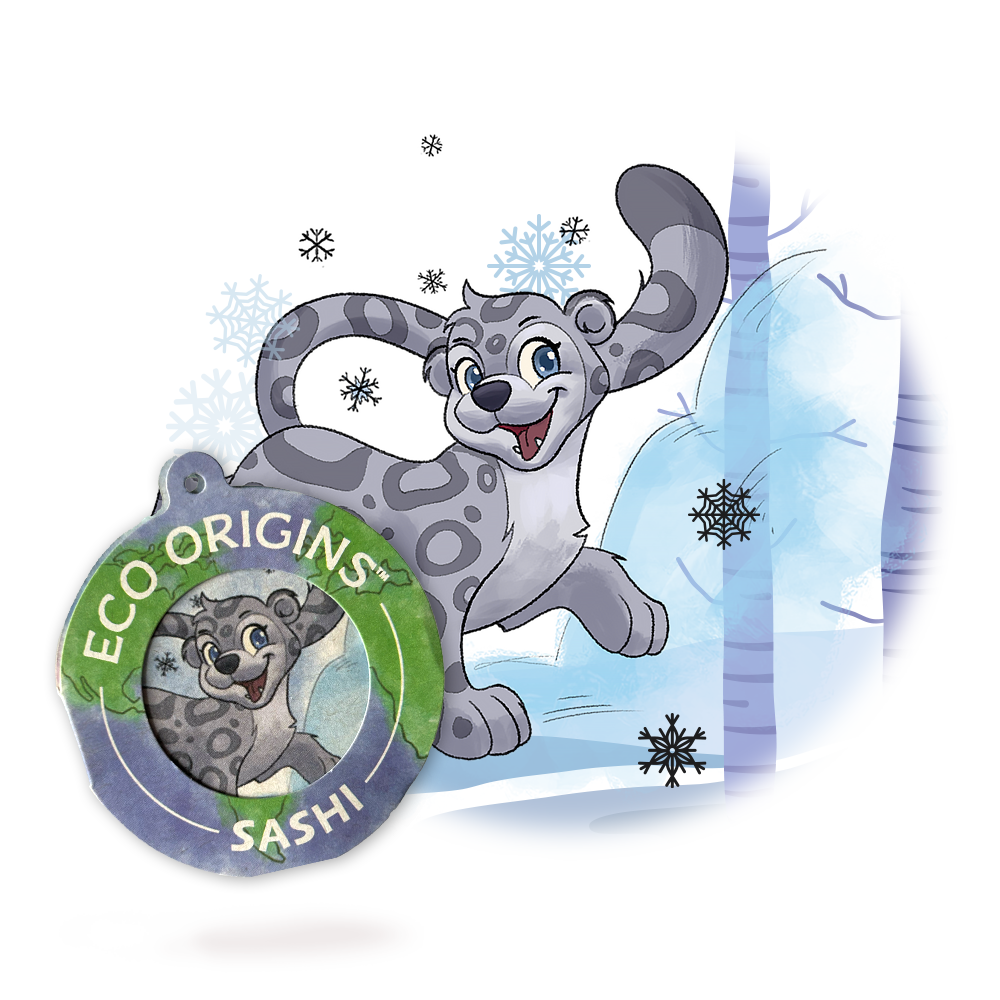
Measuring the Risk of Extinction
A species is considered critically endangered if it has lost 80% or more of its geographic range, and has a greater than 50% chance of extinction over the next 10–100 years.
There are no snow leopard populations currently classified as Critically Endangered. However, isolated groups in some regions face severe threats, including poaching and habitat destruction, which could push them into this category without sustained conservation efforts.
According to the IUCN, 0 snow leopard populations are categorised as Critically Endangered. [source]
A species is considered endangered if it has lost more than half of its geographic range, and has a greater than 20% chance of extinction over the next 10–100 years.
Snow leopards were previously classified as Endangered but have since been reassessed to a lower risk category due to conservation success in stabilizing some populations. Despite this, certain isolated populations remain under significant threat from poaching, habitat loss, and human-wildlife conflict.
According to the IUCN, 0 snow leopard populations are currently categorized as Endangered. [source]
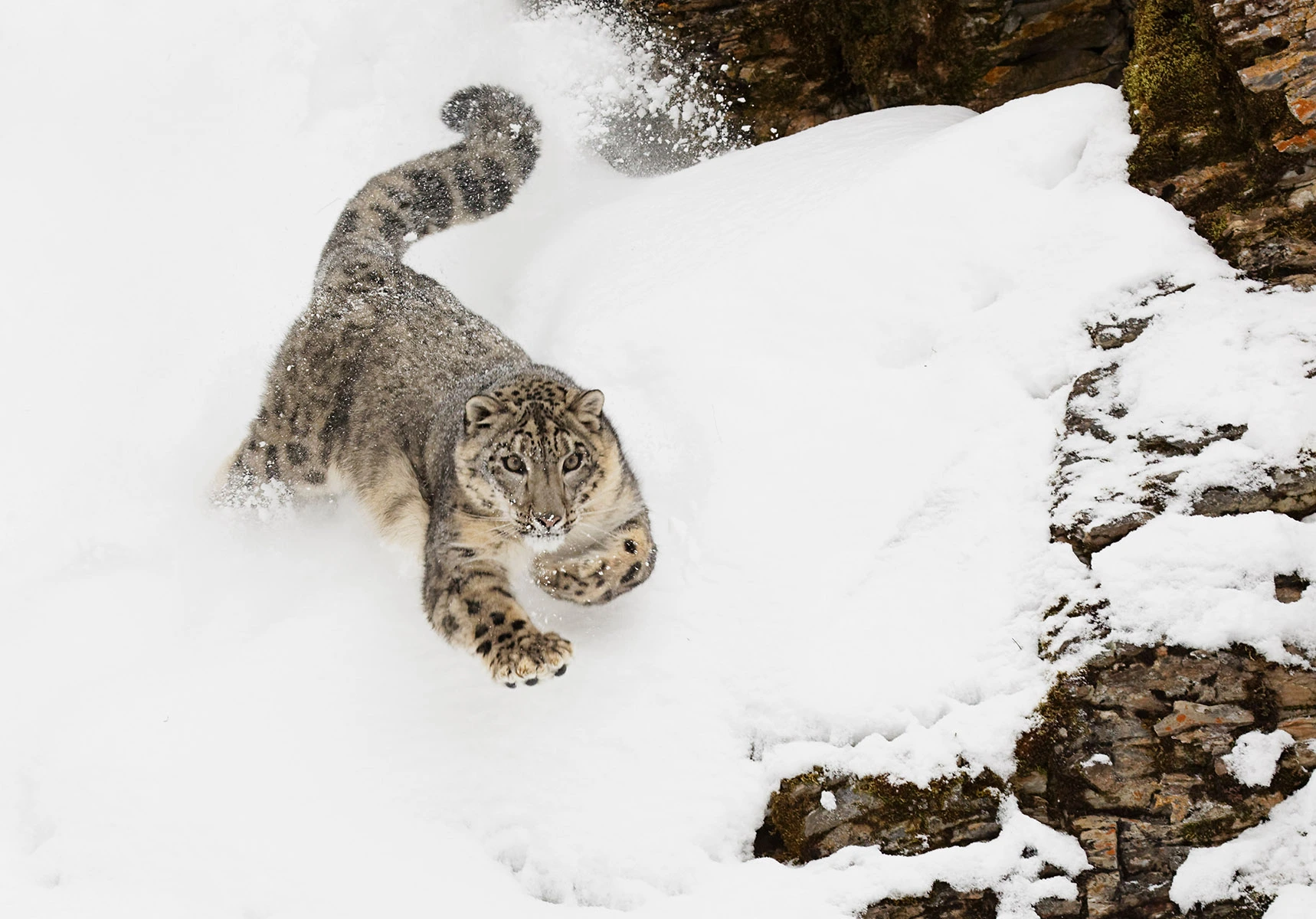
A species is considered vulnerable if there is a greater than 10% chance that it goes extinct in the wild within 100 years.
Snow leopards as a species are currently classified as Vulnerable. With an estimated global population of 4,000–6,500 individuals, they face ongoing threats from illegal hunting, habitat fragmentation, and climate change. The snow leopard’s survival is closely tied to the health of its high-altitude ecosystems, which are also at risk. Conservation efforts focus on anti-poaching initiatives, protecting prey species, and community-based programs to reduce human-leopard conflict.
According to the IUCN, snow leopards as a whole are listed as Vulnerable. [source]
A species is close to meeting the definition of endangered, vulnerable, or critically endangered based on recent trends.
No snow leopard populations are currently classified as Near Threatened. However, localized conservation successes have stabilized some populations, highlighting the importance of continued efforts to prevent their status from worsening.
According to the IUCN, 0 snow leopard populations are categorized as Near Threatened. [source]
A species is widespread, abundant, and not threatened with extinction.
There are no snow leopard populations classified as Least Concern. All populations face varying degrees of risk, emphasizing the need for ongoing monitoring and conservation action to secure their future.
According to the IUCN, 0 snow leopard populations are considered Least Concern. [source]
Measuring the Risk of Extinction
A species is considered critically endangered if it has lost 80% or more of its geographic range, and has a greater than 50% chance of extinction over the next 10–100 years.
There are no snow leopard populations currently classified as Critically Endangered. However, isolated groups in some regions face severe threats, including poaching and habitat destruction, which could push them into this category without sustained conservation efforts.
According to the IUCN, 0 snow leopard populations are categorized as Critically Endangered. [source]
A species is considered endangered if it has lost more than half of its geographic range, and has a greater than 20% chance of extinction over the next 10–100 years.
Snow leopards were previously classified as Endangered but have since been reassessed to a lower risk category due to conservation success in stabilizing some populations. Despite this, certain isolated populations remain under significant threat from poaching, habitat loss, and human-wildlife conflict.
According to the IUCN, 0 snow leopard populations are currently categorized as Endangered. [source]
A species is considered vulnerable if there is a greater than 10% chance that it goes extinct in the wild within 100 years.
Snow leopards as a species are currently classified as Vulnerable. With an estimated global population of 4,000–6,500 individuals, they face ongoing threats from illegal hunting, habitat fragmentation, and climate change. The snow leopard’s survival is closely tied to the health of its high-altitude ecosystems, which are also at risk. Conservation efforts focus on anti-poaching initiatives, protecting prey species, and community-based programs to reduce human-leopard conflict.
According to the IUCN, snow leopards as a whole are listed as Vulnerable. [source]
No snow leopard populations are currently classified as Near Threatened. However, localized conservation successes have stabilized some populations, highlighting the importance of continued efforts to prevent their status from worsening.
According to the IUCN, 0 snow leopard populations are categorized as Near Threatened. [source]
There are no snow leopard populations classified as Least Concern. All populations face varying degrees of risk, emphasizing the need for ongoing monitoring and conservation action to secure their future.
According to the IUCN, 0 snow leopard populations are considered Least Concern. [source]
100% Recycled: Head to Toe!
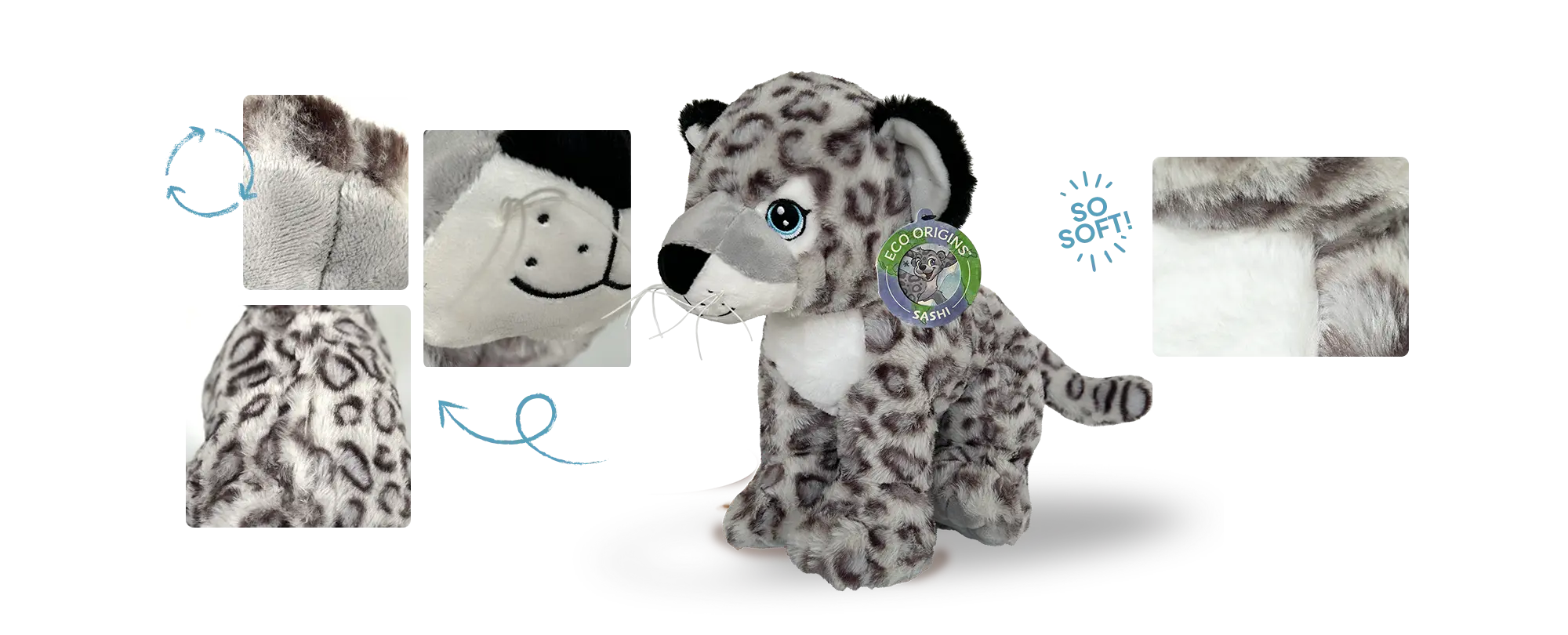
The fabric
We scour the best recycled material fabrics so that our plush always feels premium and soft to the touch!
Hang Tag
The Hangtag is made of recycled paper and attached with a Recycled Polyamide attacher.
Embroidery
Even our threads are recycled! They are extensively used in creation of adorable eyes!
Fiber Fill
What’s inside? Well it’s recycled, super soft, hypo-allergenic fiber!
Call of the Wild: Learning Den
Let’s get inspired to reconnect with nature! Discover cool facts about amazing animals, their families, and why they’re so important for keeping our planet wild and beautiful. It’s time to learn, explore, and take action to protect the incredible creatures that share our world.
15
18000
50
Who’s up for a snowfight?!
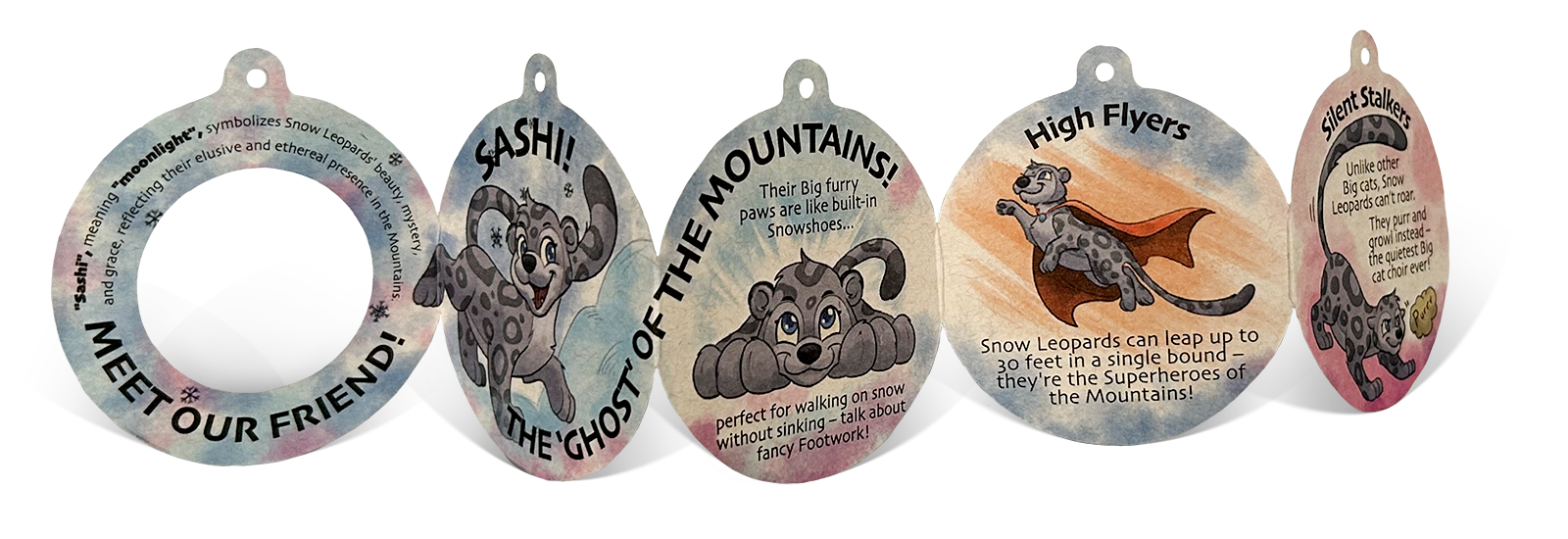
Fun Facts: Nature Nuggets!
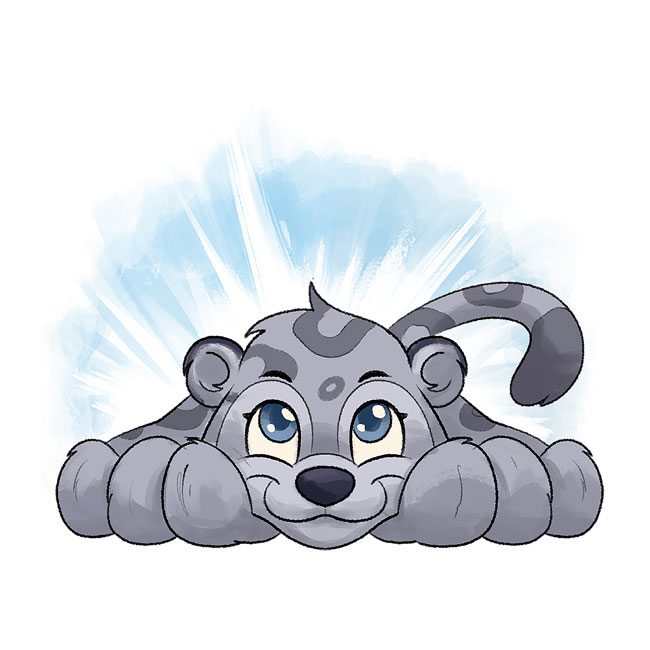
Their Big furry paws are like built-in Snowshoes… perfect for walking on snow without sinking – talk about fancy Footwork!
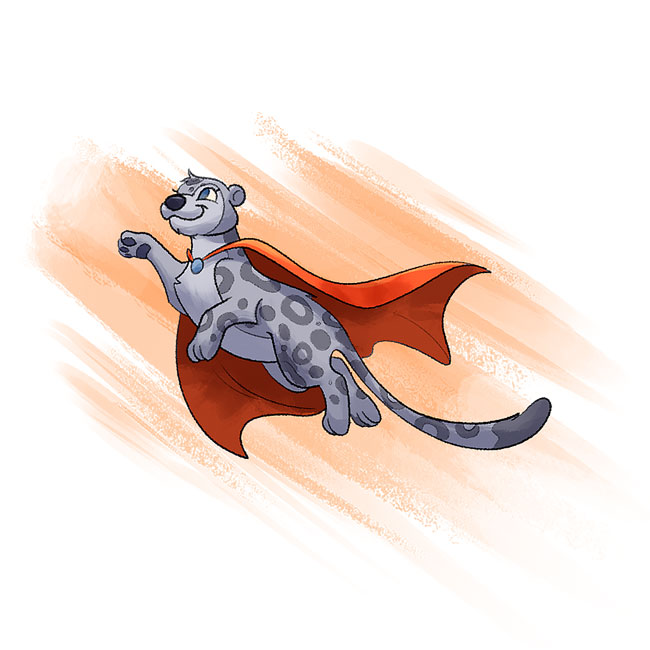
“High Flyers” Snow Leopards can leap up to 30 feet in a single bound – they’re the Superheroes of the Mountains!
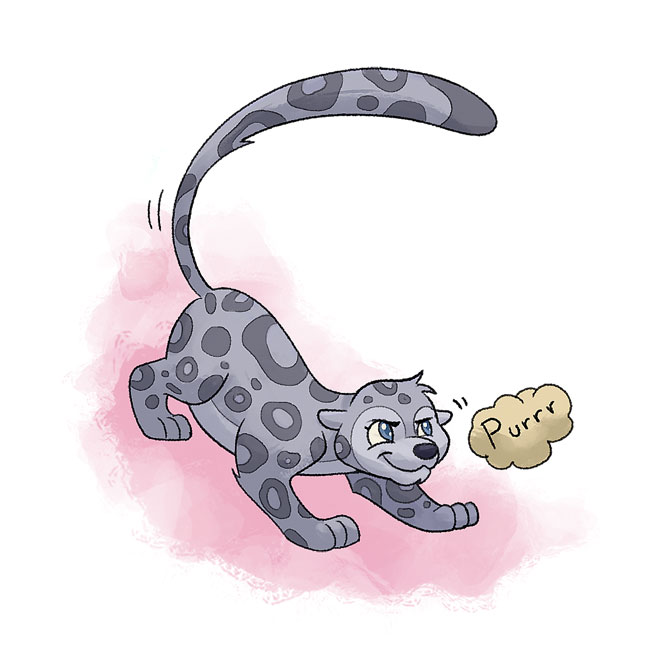
“Silent Stalkers” Unlike other Big cats, Snow Leopards can’t roar. They purr and growl instead – the quietest Big cat choir ever!
